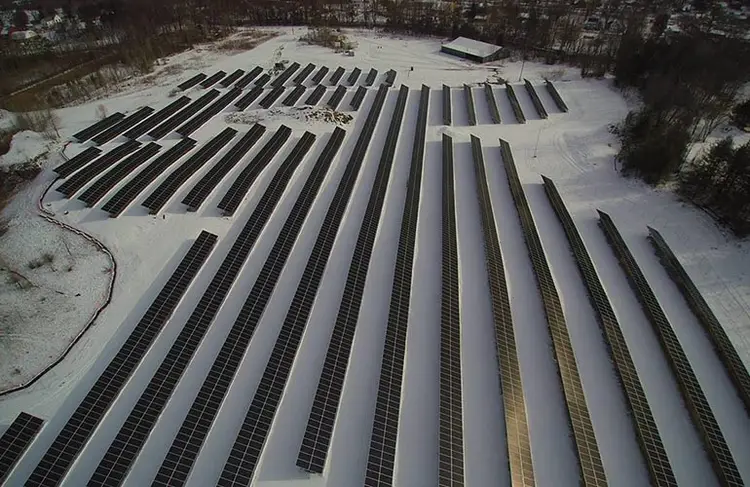The IRS Releases Guidelines for Bonus Credit on IRA Contributions in 'Energy Communities'

The Department of Treasury has established criteria that "energy communities" must meet in order to be eligible for an additional 10% ITC or PTC through the Inflation Reduction Act (IRA).
A typical Solar system set up on a site that was previously used for industrial or commercial purposes.
The Internal Revenue Code provides insight into the three different energy community categories. To be categorized as an energy community, a location must meet certain criteria. These categories include: a brownfield site, an area that generates at least 25% or more tax revenues from fossil fuel transport, processing, extraction, or storage and has a high unemployment rate like the national average, and a location that was previously a coal mine, retired coal-fired power plant or a brownfield on mine-scarred land.
According to Abigail Ross Hopper, the head of the Solar Energy Industries Association, communities on the frontlines of climate change in America have been severely impacted in terms of their health and economic stability due to the negative effects of fossil fuel development. In a statement, she stated that the program would channel in new employment opportunities and cleaner air, as well as inexpensive electricity to millions of Americans living in underprivileged communities, ensuring that they are given priority when it comes to receiving the advantages of the transition to clean energy.
The government recently created a website that contains a map of permissible energy communities. Even if a site loses its "energy community" status while constructing solar or storage projects, it will still be considered an energy community based on the stage of the project's beginning.
In addition, the Biden Administration has shared news about initiatives to bolster the advancement of clean energy in various communities focused on energy. The Department of Energy has unveiled a helpful tool named the Coal Power Plant Redevelopment Visualization Tool, along with allotting a massive $450 million in funding for projects pertaining to clean energy on pre-existing and former mining land. Moreover, the DOE has allocated $16 million towards the exploration of rare earth elements mining techniques that do not yield mine waste, which will be researched at two universities within the country.















































